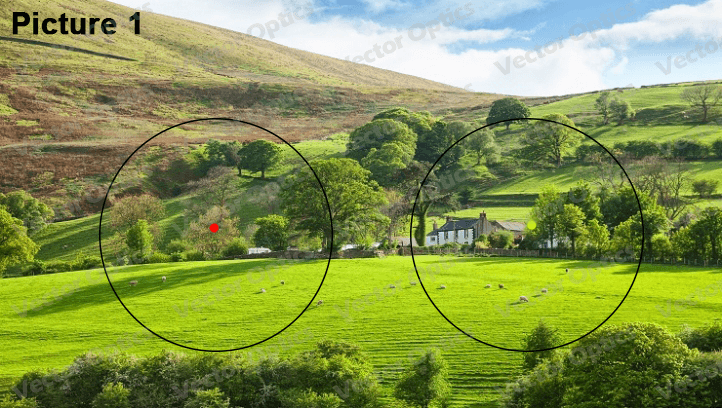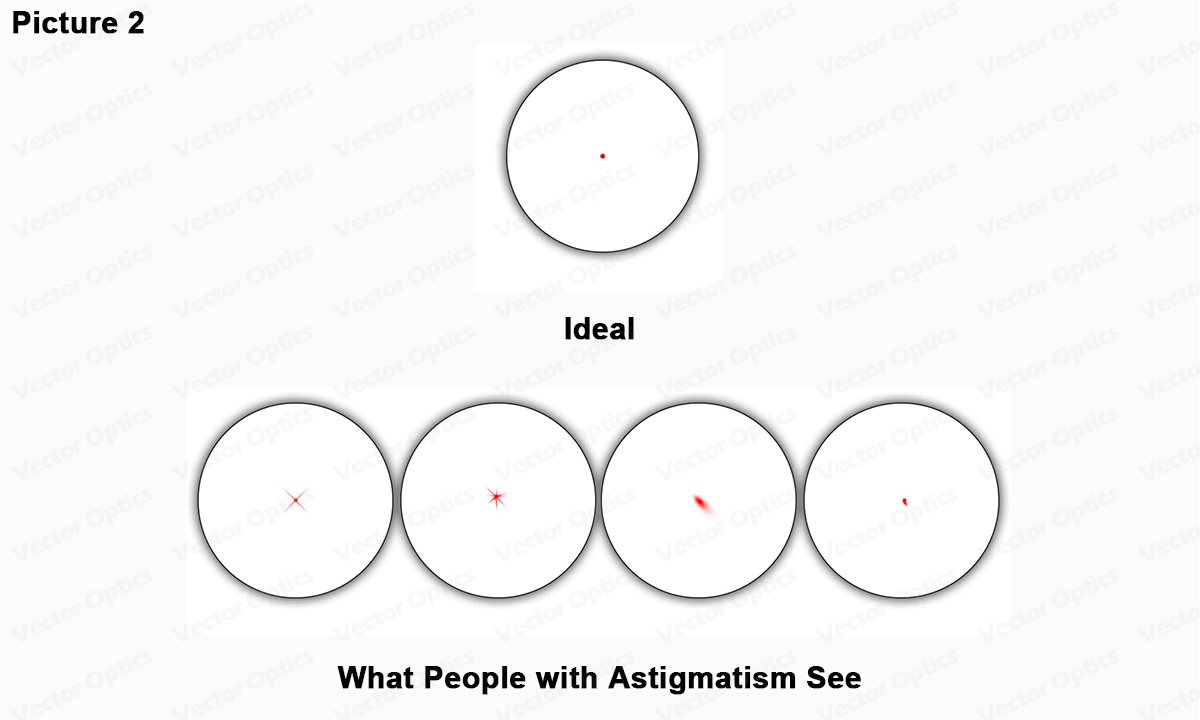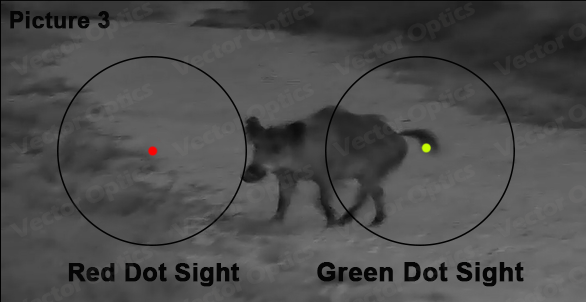Red dot vs green dot sights has been one of the hottest debates in the shooting world. Both offer unique advantages, and the right choice depends on where you shoot, how your eyes respond, and what kind of experience you want. From competitive matches to weekend range time, knowing the strengths and weaknesses of each sight can make the difference between hitting your mark with confidence or struggling to keep up.
Red Dot Sights: Speed and Versatility
Red dot sights are popular for a reason. They offer fast target acquisition, sharp contrast against natural backgrounds, and reliable performance in low-light or night vision scenarios. If you’re shooting in wooded or grassy areas, the red dot stands out clearly, making it easier to keep track of your target. However, red dots can appear blurry for shooters with astigmatism, and they tend to wash out under bright daylight conditions.
However, red dots can appear blurry for shooters with astigmatism, and they tend to wash out under bright daylight conditions.
Pros of red dots: excellent for most shooting scenarios, quick target pickup, night vision compatibility.
Cons: eye strain for astigmatism users, reduced visibility in bright light.
Green Dot Sights: Bright and Eye-Friendly
Green dot sights bring their own advantages. They’re easier to see in bright daylight and more comfortable for shooters with astigmatism, since green light is gentler on the eyes. That said, they aren’t ideal in environments with a lot of green (like dense forests) where the dot can blend into the background. Compatibility with night vision gear is also hit-or-miss depending on the device.
Pros of green dots: high visibility in daylight, astigmatism-friendly, less eye strain during long sessions.
Cons: weaker performance with night vision, poor contrast in green-heavy environments.
Which One Is Right for You?
Neither red nor green is universally “better.” Instead, your choice should come down to how and where you shoot. If you need reliable night vision compatibility and versatile use in most environments, the red dot is a safe bet. If you shoot mostly in daylight and want less eye fatigue, the green dot could be your go-to.
At the end of the day, the real “best” sight is the one that fits your style, habits, and comfort. Try both if possible—you might be surprised which one feels more natural in action.
Get a Free Quote Now!
Feel free to contact us anytime to get the best prices!





